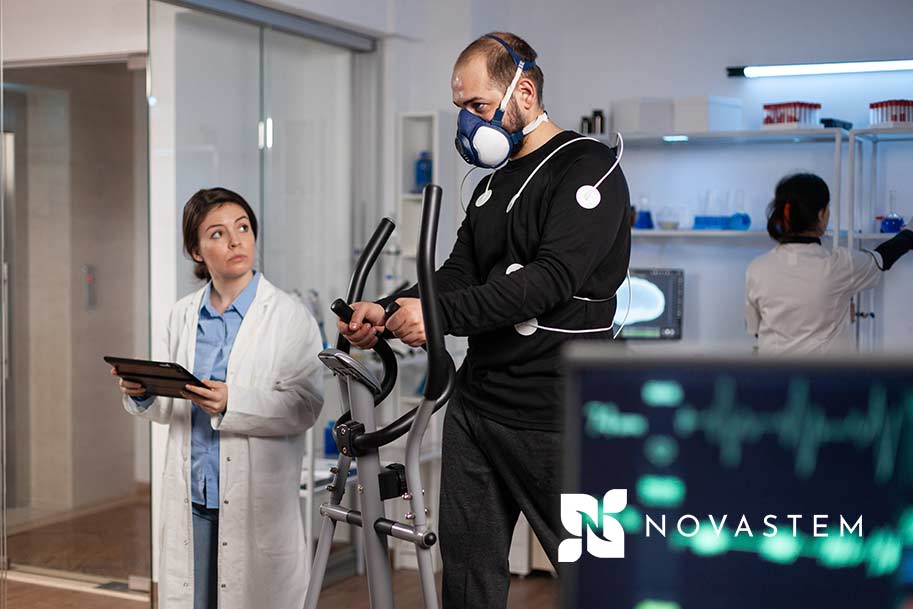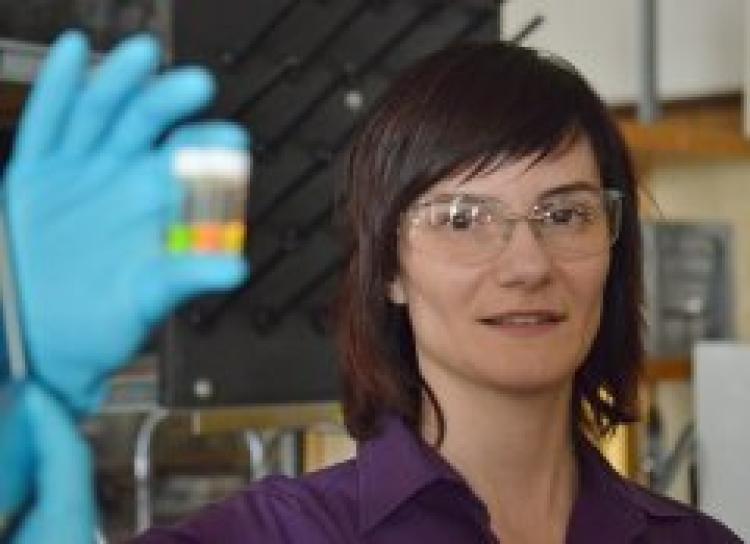Experts from the Astrophysics Research Institute at LJMU, with help from colleagues from the University of Montpellier, have conceived of an ‘early warning’ system to alert to when a massive star is about to end its life.


The next generation of phones and wireless devices will need new antennae to access higher and higher frequency ranges. One way to make antennae that work at tens of gigahertz—the frequencies needed for 5G and higher devices—is to braid filaments about 1 micrometer in diameter. But today’s industrial fabrication techniques won’t work on fibers that small.
Now a team of researchers from the Harvard John A. Paulson School of Engineering and Applied Sciences (SEAS) has developed a simple machine that uses the surface tension of water to grab and manipulate microscopic objects, offering a potentially powerful tool for nanoscopic manufacturing.
The research is published in Nature.

Whether you are a keen astrophotographer or general lover of all things outer-space, NASA has a treat for you. They have made 140,000 audio clips, videos, and images available for everyone to view and download – copyright free and for public use.
Within the in-depth, searchable library, NASA has included the EXIF data with all images. This is particularly exciting as it provides an insight into how these photographs were created, whether that be with specialist equipment or more accessible DSLRs.

Just in time for Halloween, scientists have discovered something spooky and strange occurring at the edge of the solar system: The heliopause — the boundary between the heliosphere (the bubble of solar wind encompassing the solar system) and the interstellar medium (the material between the stars) appears to be rippling and creating oblique angles in an unexpected manner.
The general concept that the heliopause changes shape is not new; over the past decade, researchers have determined that it is not static. They made this discovery using data from Voyager 1 and Voyager 2, the only two spacecraft to exit the heliosphere thus far, as well as NASA’s Interstellar Boundary Explorer (IBEX) satellite, which studies the emissions of energetic neutral atoms (ENAs) that are created when solar winds and the interstellar medium interact.
Why does Facebook constantly change its algorithm? I can never keep up.” “We’re the ones giving them money. Why are they always making it harder on us to get our content to our audience?” You’re not alone if you’ve ever asked either of those questions. For years, marketers and advertisers have been noticing changes to Facebook’s algorithm. Each time, these changes only seemed to hurt their organic reach and ad performance with Facebook marketing. Though the Facebook algorithm isn’t the only thing affecting the reach of your content, it is one of the most important. That’s why all marketers must stay up to date on the changes and updates as Facebook rolls them out.
Find out about changes to the Facebook algorithm, how it works, and take away 19 clever tips you can try today to outsmart the algorithm.

Register now for your free virtual pass to the Low-Code/No-Code Summit this November 9. Hear from executives from Service Now, Credit Karma, Stitch Fix, Appian, and more. Learn more.
As AI spreads throughout the enterprise, organizations are having a difficult time balancing the benefits against the risks. AI is already baked into a range of tools, from IT infrastructure management to DevOps software to CRM suites, but most of those tools were adopted without an AI risk-mitigation strategy in place.
Of course, it’s important to remember that the list of potential AI benefits is every bit as long as the risks, which is why so many organizations skimp on risk assessments in the first place.



A group of scientists led by the U.S. Department of Energy’s National Renewable Energy Laboratory (NREL) in Golden and involving the University of Colorado Boulder has developed a new, eco-friendly method to produce ammonia, the main ingredient of fertilizer, using light.
The researchers discovered that light energy can be used to change dinitrogen (N2), a molecule made of two nitrogen atoms, to ammonia (NH3), a compound of nitrogen and hydrogen. The researchers hope the newly discovered, light-driven chemical process that creates ammonia can lead to future developments that will enhance global agricultural practices while decreasing the dependence of farmers on fossil fuels.
Traditionally there have been two main ways to transform nitrogen, the most common gas in Earth’s atmosphere, for use by living organisms. One is a biological process that occurs when atmospheric nitrogen is “fixed” by bacteria found in the roots of some plants like legumes and then converted to ammonia by an enzyme called nitrogenase.
“By now it has become a common futurist prediction and science fiction plot device that intelligent and sentient life forms can be created which are not biochemical in nature and are thus fundamentally different from all currently known life,” distinguished Princeton astrophysicist Edwin Turner wrote in an email to The Daily Galaxy. “Whether or not this would actually be possible,” he explains, “depends on the nature and origin of consciousness, a topic about which we have little more than entertaining whistling-in-the-dark guesses at this point and no clear path toward obtaining any better understanding of this deep mystery.”
Aliens Shaped by Natural Selection
In a landmark 2017 study published in the International Journal of Astrobiology scientists from the University of Oxford showed that aliens are potentially shaped by the same processes and mechanisms that shaped humans, such as natural selection and are like us, evolving to be fitter and stronger over time.